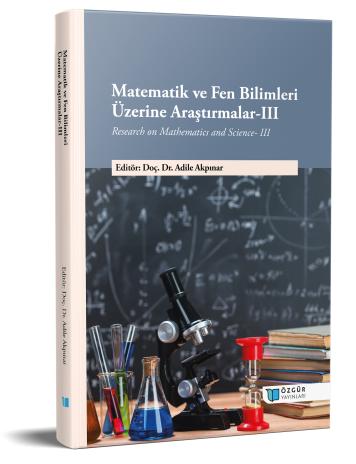
A Pilot Study of Radionuclides Analysis of Human Placenta According to Different Ages
Şu kitabın bölümü:
Akpınar,
A.
(ed.)
2023.
Matematik ve Fen Bilimleri Üzerine Araştırmalar-III.
Özet
In this study, radionuclides Th-232, K-40, Na-22, Eu-152, Ra-226, and Bi-207 were detected in placenta samples from 24 mothers who gave birth between the ages of 20 and 49. A NaI gamma detector with an ORTEC-branded scintillator that measures 7.62 cm x 7.62 cm and has a crystalline thallium-doped yield of 2% at 0.5 MeV and 1.3% at 2 MeV was used to test radionuclides. For 86400s, the placenta samples were counted (24 hours). Using Maestro-32 software, the peak areas in the obtained spectra were captured, entered into the proper equations, and the radionuclide activity concentrations were computed as Bq/g. Th-232, K-40, Na-22, Eu-152, Ra-226, and Bi-207 activity concentrations were determined based on different ages. Th-232, K-40, Na-22, Eu-152, Ra-226, and Bi-207 activity concentrations were found, and they varied depending on the radionuclide's age. These concentrations ranged from 8.470.20 to 34.911.27 Bq/g for Ra-226, from 0.781.03 to 25.581.03 Bq/g for Th-232, from 5.100.35 and 32.371.66 Bq/g for K-40, from 4.620.66 and 14. In order to develop the methodology for a more in-depth analysis, this pilot study evaluated the capability to identify particular radionuclides in placentea samples.

